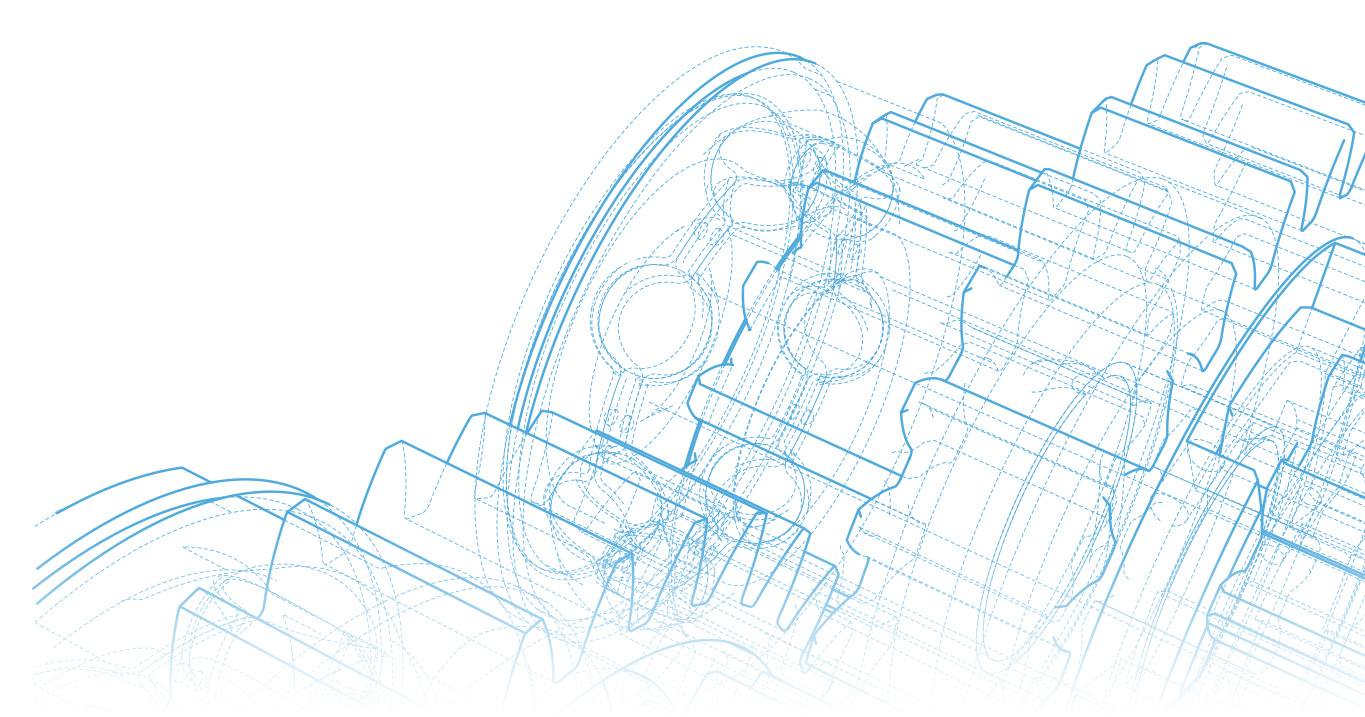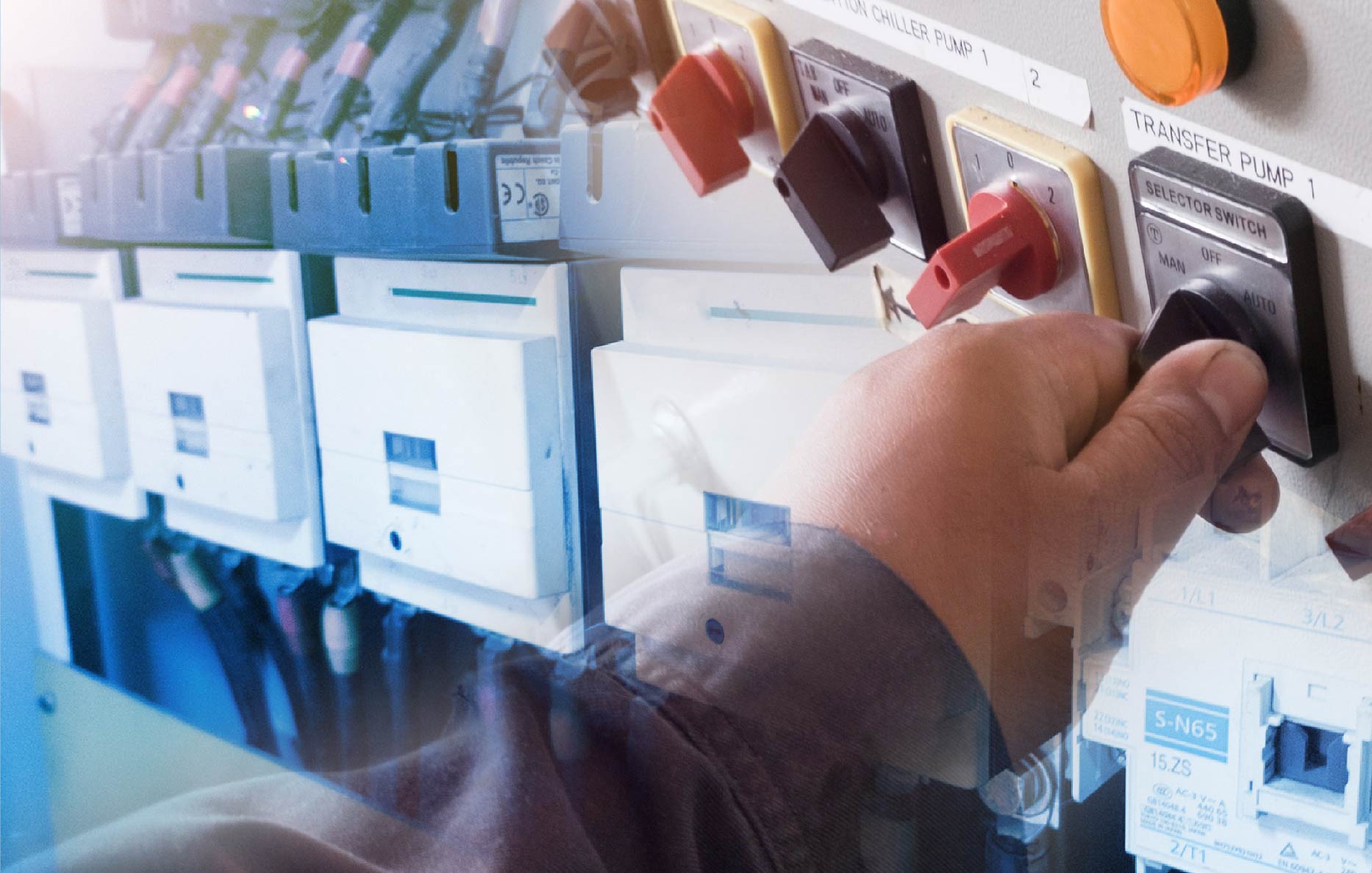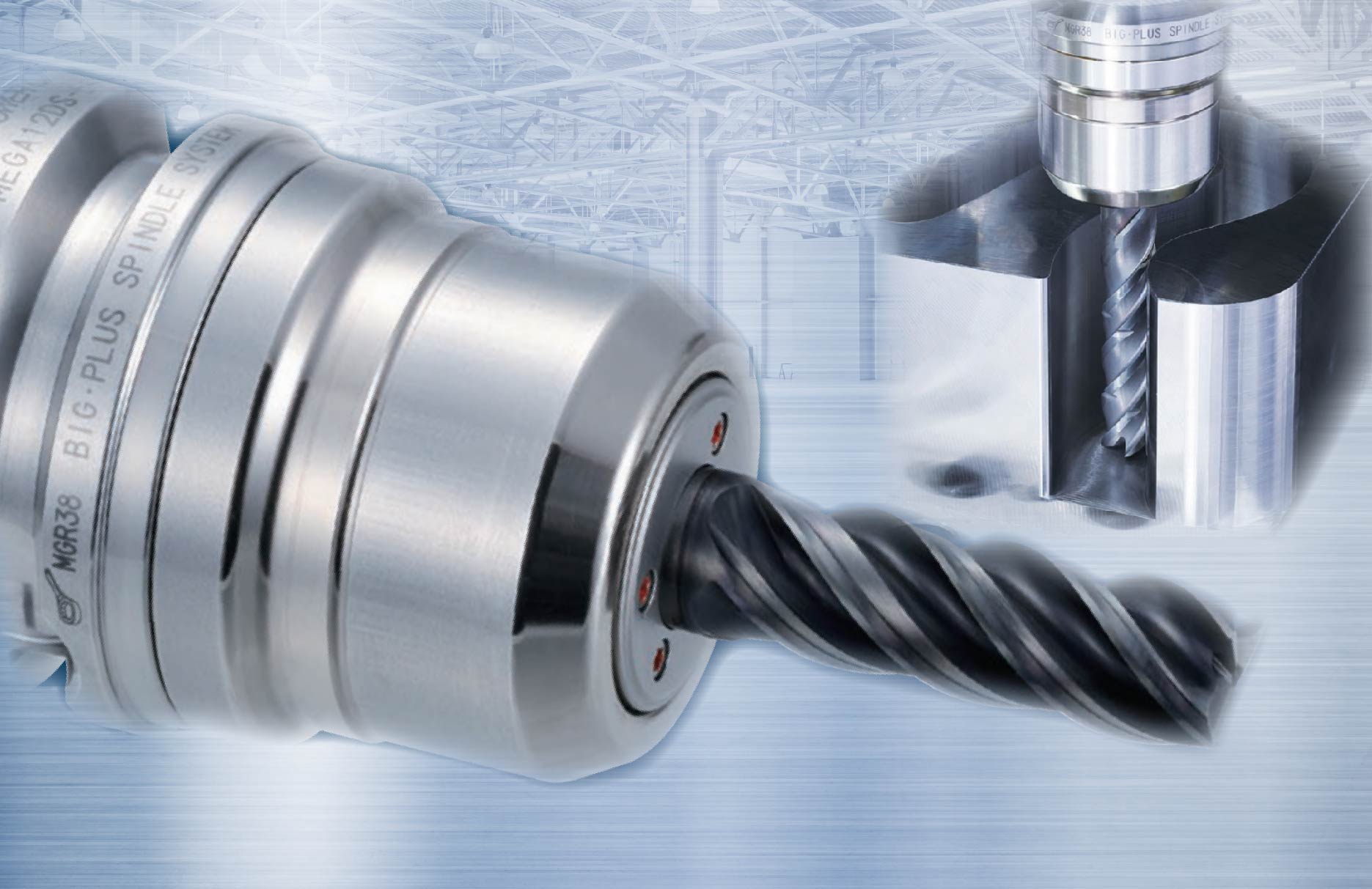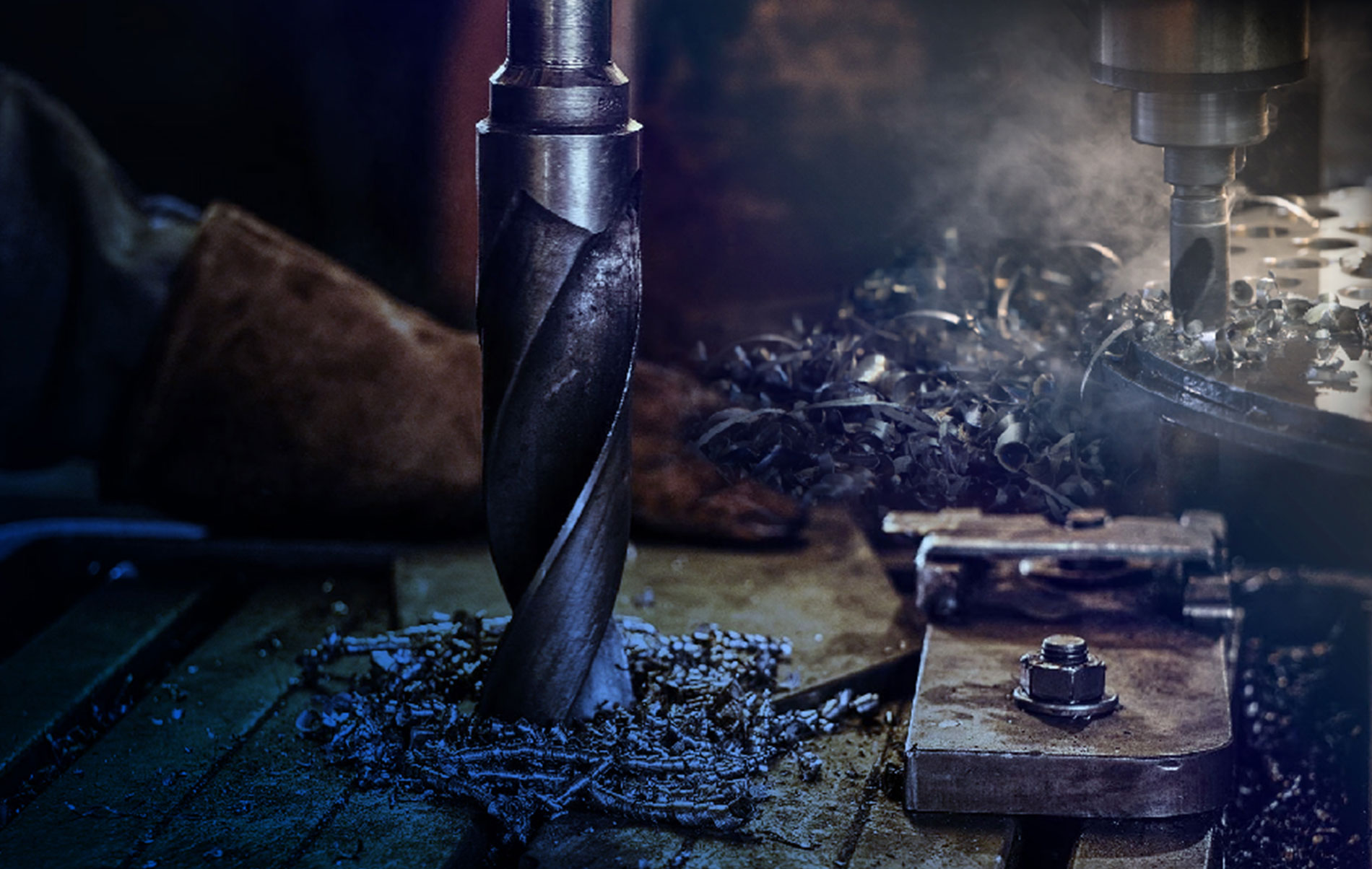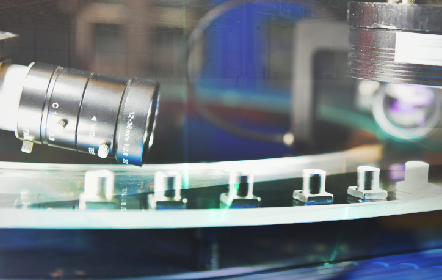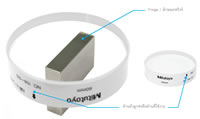 In the general operation of measuring tools, the operator should understand the measuring method and well aware that these measuring tools have a precision and accuracy that are suitable for the products, as well as the specification and tolerance of the measuring tools. If you consider the results of a calibration certificate from a calibration laboratory, when using the standard and before recalibration, we need a verification that the measuring tools are accurate and precise, and not over the tolerance, to make sure it can be used. The calibration interval for recalibration depends on the frequency of the operation and the condition of the work.
In the general operation of measuring tools, the operator should understand the measuring method and well aware that these measuring tools have a precision and accuracy that are suitable for the products, as well as the specification and tolerance of the measuring tools. If you consider the results of a calibration certificate from a calibration laboratory, when using the standard and before recalibration, we need a verification that the measuring tools are accurate and precise, and not over the tolerance, to make sure it can be used. The calibration interval for recalibration depends on the frequency of the operation and the condition of the work.
For a calibration laboratory, it should be made sure the equipment and measuring tools have a tolerance within the maximum permissible error of the reference documents. When an accreditation or reassessment of the ISO/IEC 17025 is carried out, the technical auditor will carry out an intermediate check, for example, an intermediate check of a gauge block. This should be used for checking the standards for micrometer caliper and vernier caliper calibration etc. When considering the physical specification of a gauge block, according to ISO 3650 cause 6.2.4, the dimensional stability per year is 0.02 μm + 0.5 × 10-6 × l for gauge blocks of grade K and 0, and not greater than 0.05 μm + 0.5 × 10-6 × l for gauge blocks of grade 1 and 2. When you compare the tolerances between the measuring tools and the gauge block, it will be very small. The variation of the gauge block is a calculation from the calibration results of deviation from the central length and variation of length, and should not be over the tolerance of the measuring tools. The intermediate check of the gauge block can be done by wringing between the gauge block and the optical flat. The fringes should not be observed. In this case, the flatness should not be greater than 0.1 μm according to ISO 3650 cause 8.2.
Therefore, it can be seen that using optical flats to measure the smoothness of the surface of gauge blocks instead of buying expensive high-level tools to just carry out intermediate checks is a worthwhile choice that is highly efficient and well accepted.
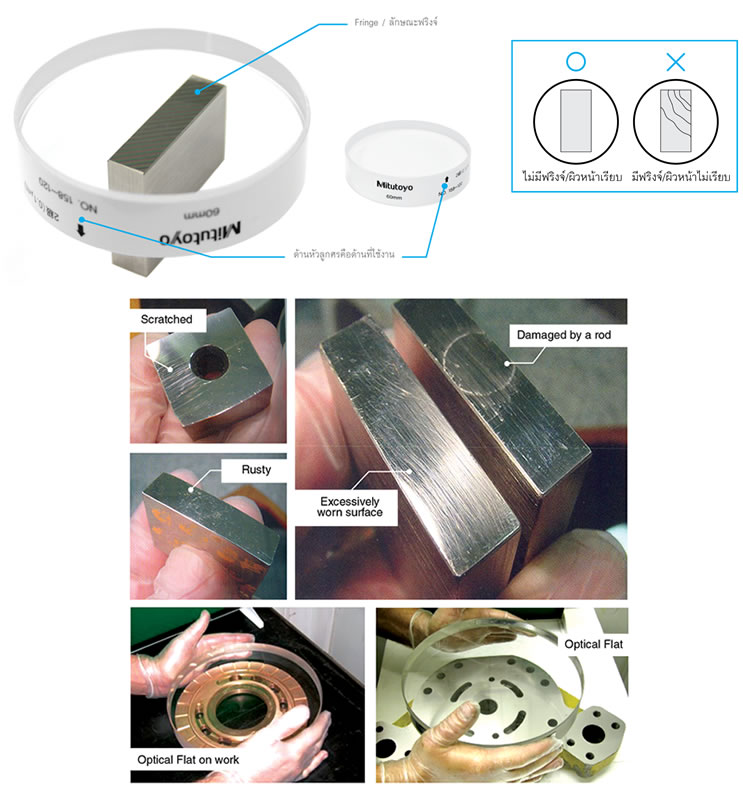
 Anusorn Tonmueanwai
Anusorn Tonmueanwai
Chief of Laboratory, Acting Chief – Dimensional Metrology section National Institute of Metrology, Ministry of Science and Technology, Thailand With over 20 years of professional experience in metrology and an invited lecturer at the Faculty of Engineering, King Mongkut’s University of Technology Thonburi

